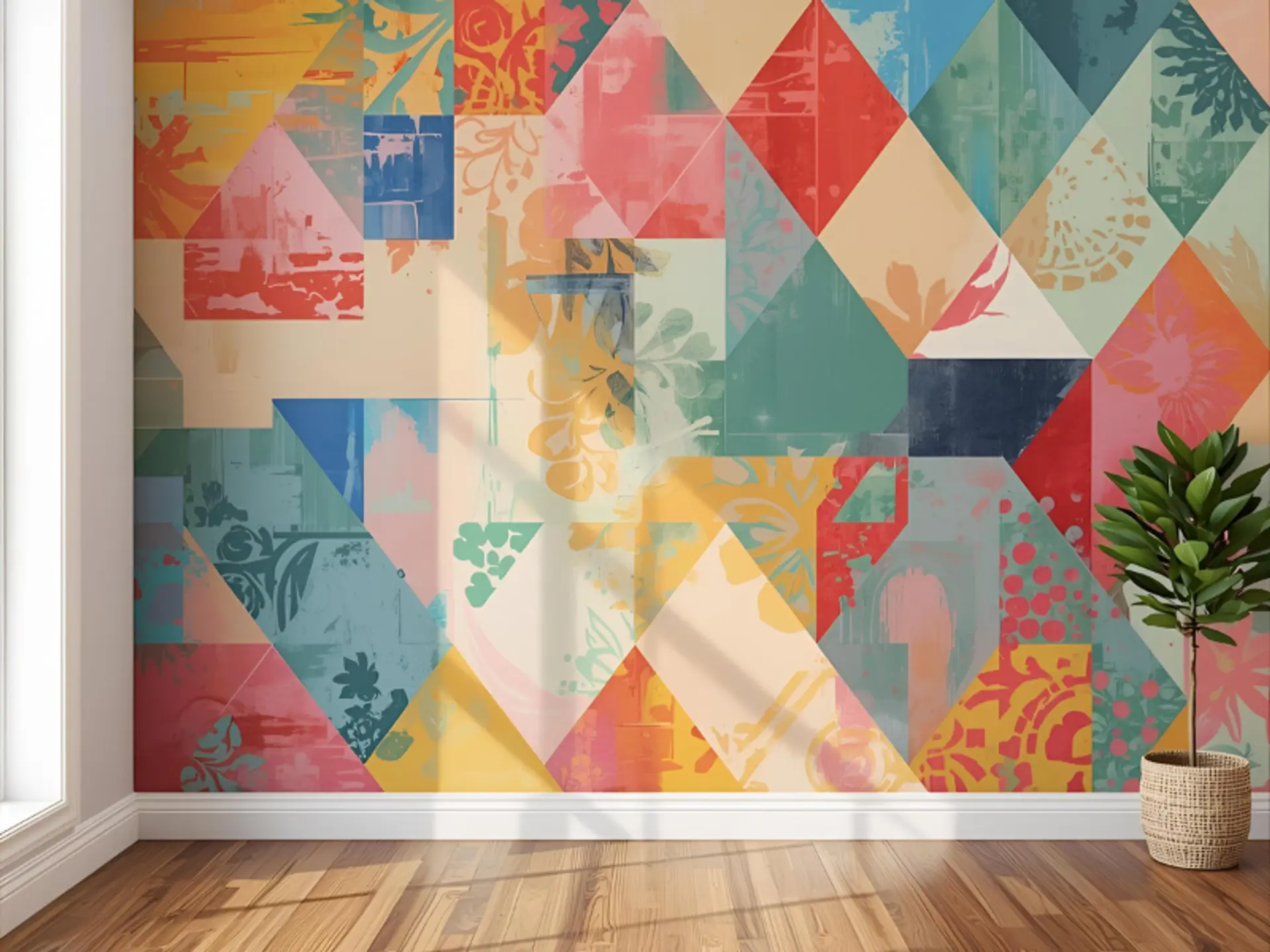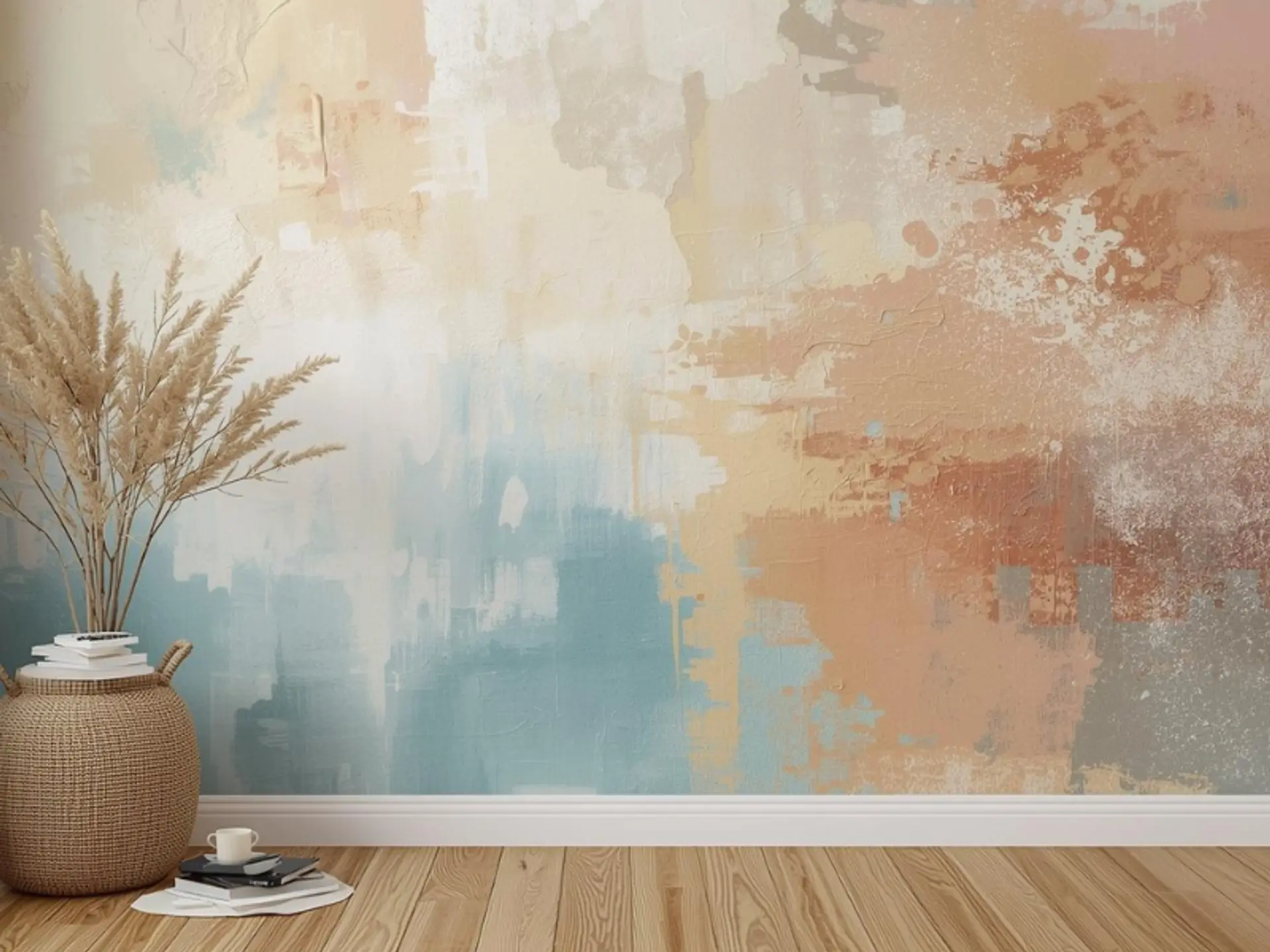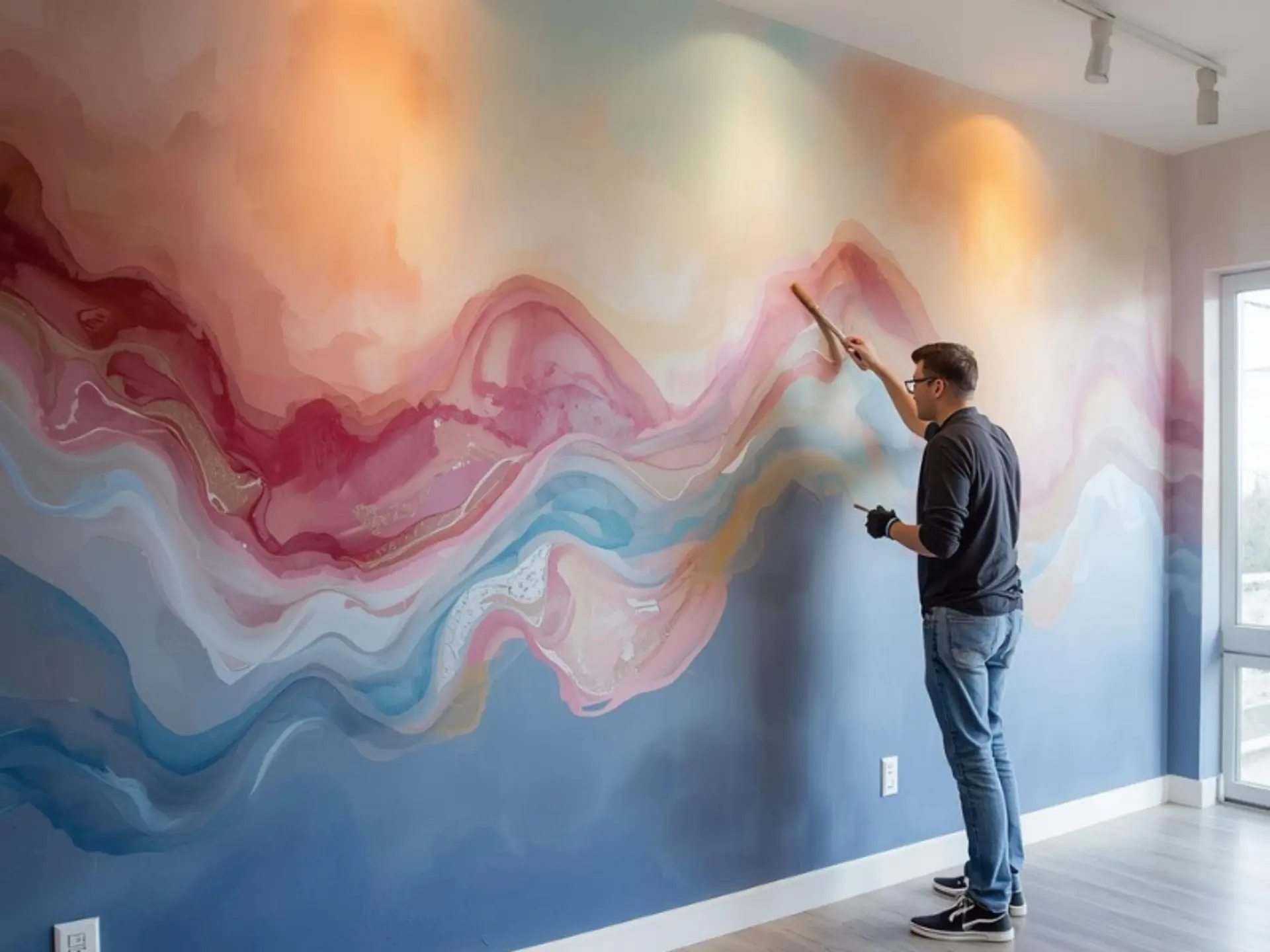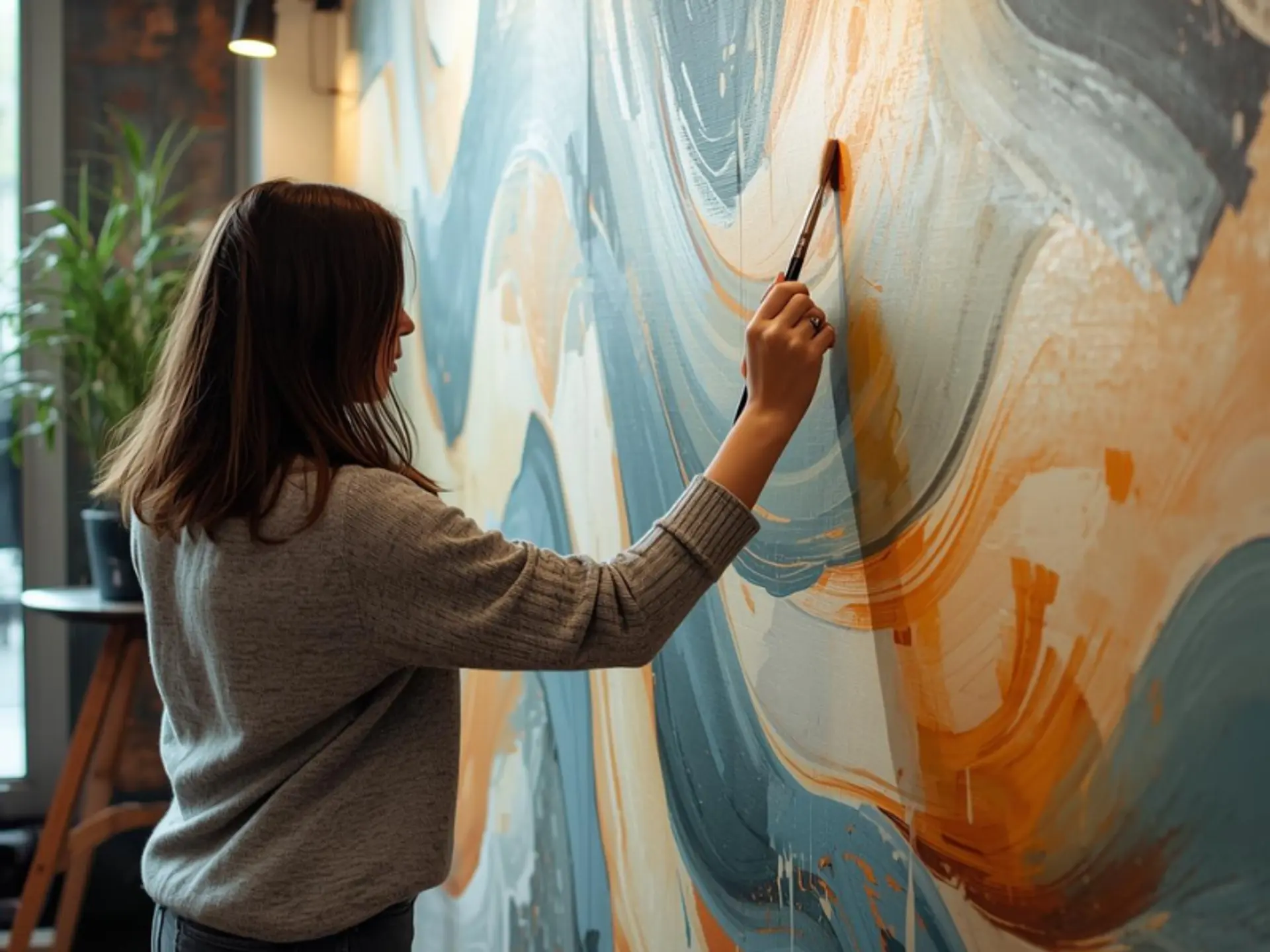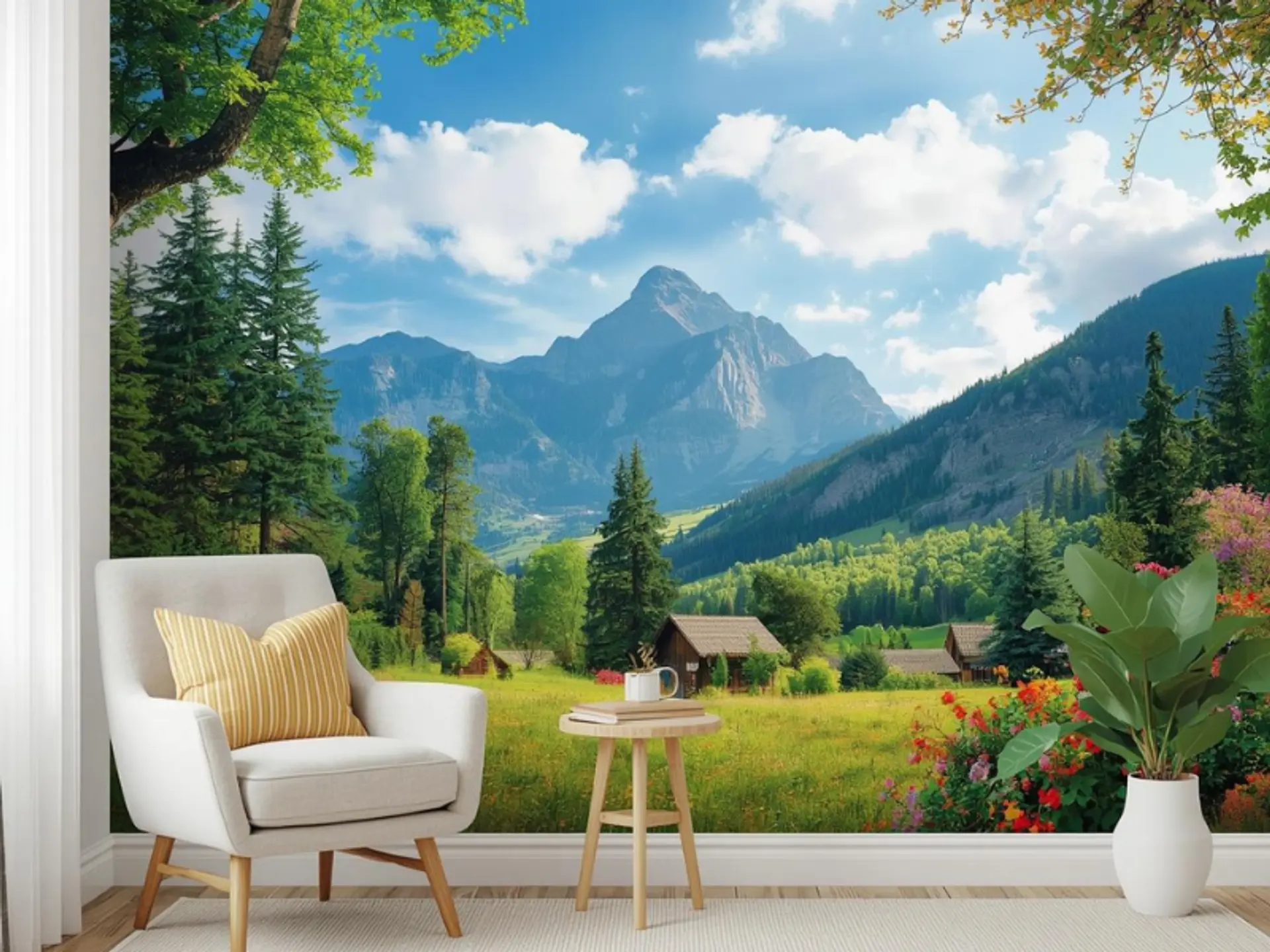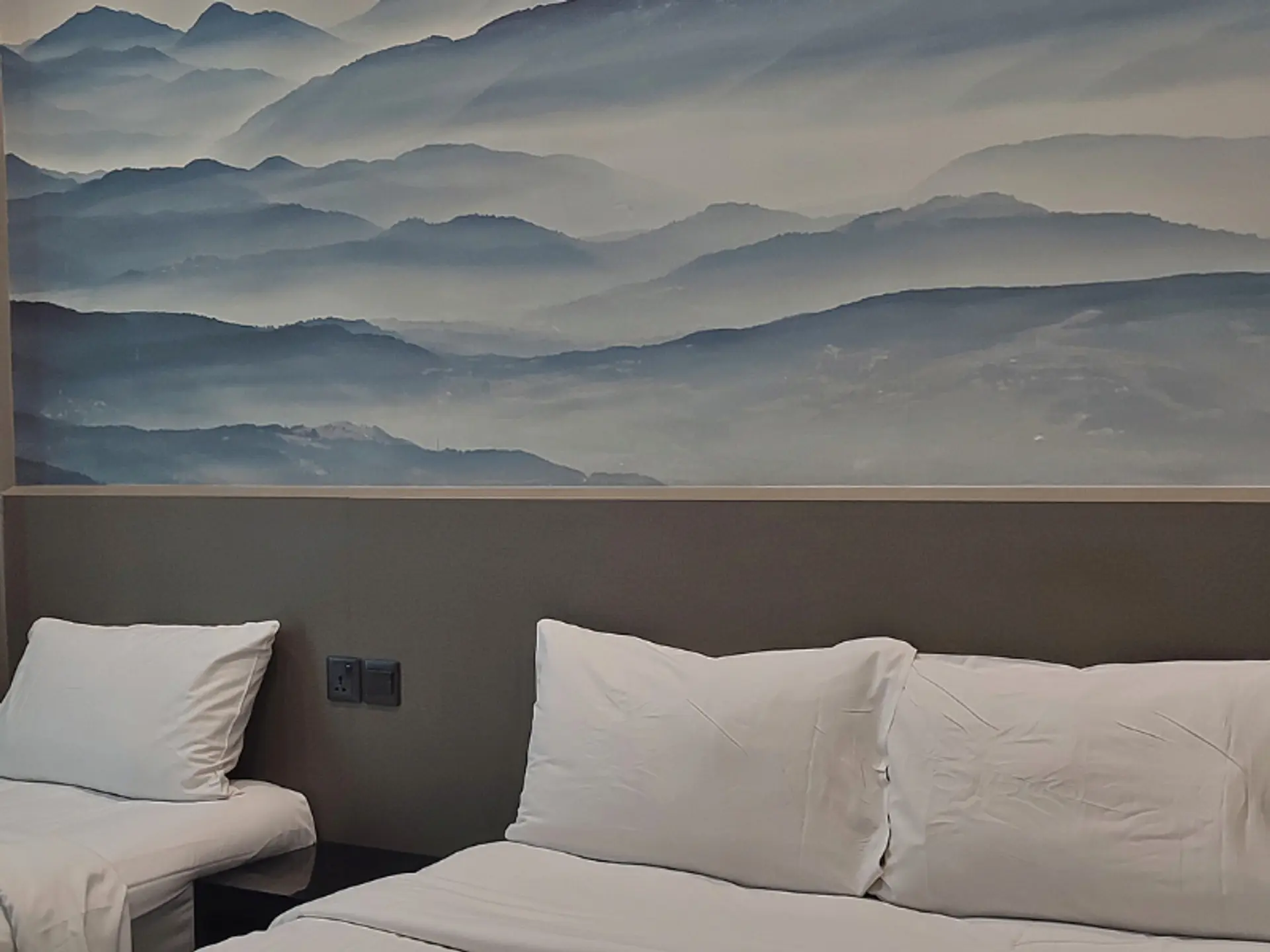Wall Mural Painting Technique Ideas For Creative Home Interiors

 Oct , 2025
Oct , 2025- Berger Speaks
- 3 Min Read
Blank walls can feel flat in a busy Indian home. A mural turns that surface into a calm focal point that suits your light, furniture and routine. Unlike wallpaper, paint sits directly on plaster and adapts to corners, niches and switches. With simple preparation and clear colour choices, beginners can achieve neat results.
This guide shares practical mural art wall painting techniques, planning steps and room-wise ideas, from restful bedrooms to playful kids’ spaces and inviting living rooms across Indian apartments.
What Is Wall Mural Painting?
Wall mural is a technique of portraying an image on a wall of an interior surface, becoming part of the room. The paint is not attached to the wall using frames or printed wallpaper, but rather embedded into the plastered and primed wall. It can be either delicate or dramatic: a faint watercolour gradient in a bedroom and an urban graphic in a living room.
The composition makes the best of both tall walls and compact spaces, since it is designed to fit the scale. With lighting and furniture, mural art wall paint can make Indian homes utilise both.
Why Choose Mural Painting For Interior Walls
Here, you will explore why you should choose mural painting for interior walls:
- Personal fit: Colours and motifs are selected for your exact room, not a standard print size.
- Clear focal point: A single painted wall draws the eye and anchors the layout.
- Budget control: You can keep it simple with easy wall murals to paint or build up layers for a complex scene.
- Low clutter: One large visual feature reduces the need for multiple décor items.
- Flexible style: Painting murals on interior walls works for calm bedrooms, lively kids’ rooms and elegant dining spaces.
For a cohesive finish, choose colour shades for wall that echo your flooring, fabrics and natural light.
Essential Wall Mural Painting Techniques
Here, you will explore essential wall mural painting techniques:
Stenciling Technique
Stencilling offers crisp, repeatable shapes without advanced drawing. Cut motifs from mylar, tape the sheet lightly, then dab paint onto it with a sponge or stencil brush. Shift and repeat to build borders, lattices or large patterns. This approach suits renters and first-timers because touch-ups are straightforward.
Sponging Technique
Sponging creates a cloudy, mottled texture that hides minor wall imperfections. After a smooth base coat, load a natural sea sponge with a second shade, dab lightly and rotate the hand for irregularity. The effect sits well behind a headboard or study desk.
Stippling Technique
Stippling builds colour with thousands of dots from a stiff brush. It suggests foliage, stone and gentle shadows. Though slower than other wall mural painting techniques, it gives a character that reads well from across the room.
Glazing Technique
Glazing layers a transparent mix of paint and medium over a dry base to create depth and glow. It works for sunsets, water and ombré walls. For colour pairings and finish options, browse a texture catalogue to plan subtle transitions that suit your room.
Freehand Brush Painting
Freehand suits botanical trails, typographic quotes and illustrative scenes. Sketch lightly, block in large shapes, add details, then refine outlines.
Spray Paint And Airbrush Techniques
Spray cans and airbrushes deliver smooth gradients and neat geometric edges when used with masking. They work well for contemporary mural wall art behind entertainment units or along stairwells.
Digital And Printed Murals
Digital methods help when accuracy matters. You can project a design onto the wall, trace the outlines and then paint, or install a high-resolution printed mural and seal it. This path reduces on-site mess and is handy for tight timelines. For a clean finish, ensure the surface is even and primed with putty and cement paint so the artwork adheres well and the edges seal neatly.
Step-by-Step Guide To Painting A Wall Mural
Here is the step-by-step guide to painting a wall mural:
Step 1: Choose Your Wall Mural Idea
- Note the direction of the sun, the artificial lighting, and the main activity in the room.
- Shortlist wall mural ideas that match existing flooring, fabric and wood tones.
- For Indian apartments, consider airy motifs such as palms, banana leaves or gentle city silhouettes. For villas, broader landscapes or courtyards often fit the scale.
Step 2: Prepare And Prime The Wall
- Brush off dust and wipe with a damp cloth. In high-traffic cities, soot can affect adhesion, so clean thoroughly.
- Fill cracks with white cement-based putty, sand and remove residue.
- Apply an interior primer suited to your finish. A primed surface supports colour accuracy and longer wear for mural painting on wall areas that get touched.
Step 3: Sketch The Design
- Use a soft pencil, pastel chalk or a light grid marked with a chalk line.
- For complex compositions, divide your reference into squares and scale up, or use a projector for outlines.
- Mark major shapes, overlaps and colour blocks. Keep sketch lines faint so they do not show through pale shades.
Step 4: Apply Your Chosen Technique
- Stencilling: Start from a plumb line and work outwards to avoid drift.
- Sponging or Glazing: Paint in small sections, maintaining a wet edge.
- Stippling: Build shadows slowly, then add highlights.
- Freehand: Block in large forms first, then refine with mid-tones and thin lines.
- Spray or Airbrush: Mask carefully, test spray distance, and keep even movement.
Step 5: Finishing Touches And Sealing
- Sharpen edges with a small, angled brush.
- Add details such as veins on leaves, thin outlines around geometric shapes or tiny star points in a night sky.
- After full drying, apply a compatible clear coat to help with gentle cleaning and day-to-day contact.
Creative Wall Mural Painting Ideas For Every Room
Here you will explore creative wall mural painting ideas for every room:
Nature And Landscape Murals
- Coastal horizons, monsoon clouds or desert dunes for calm living rooms.
- Banana leaves or neem branches that arc over a sofa or console.
- Mountain layers in desaturated blues for a study or reading corner.
Abstract And Geometric Murals
- Interlocking circles in terracotta, teal and off white for a mid-century note.
- Wide diagonal bands that echo a staircase line.
- Textured brush fields in two or three tones for a gallery feel.
Bedroom Mural Ideas
- Gentle ombré from sand to blush behind the headboard.
- Minimal constellations, moon phases or a soft arch framing the bed.
- A pattern inspired by ikat or block print for warmth without clutter.
Kids’ Room And Playful Murals
- Friendly jungle characters, rolling hills and pathways that can evolve with age.
- Alphabet trails or numbers woven into scenery to make learning part of play.
- Bold shapes in primary colours for quick refreshes later.
Maintenance Tips For Wall Murals
Here are the maintenance tips for wall murals:
- Once every few weeks, dust with a microfiber cloth.
- If the surfaces are washable, you can remove scuff marks with a damp cloth and mild soap; however, test a corner first.
- Don’t use excessively abrasive materials that might dull the glazing or cause stippled dots to lift.
- Prevent furniture from scratching the wall by not allowing it to come into direct contact with the wall.
- Be on the lookout for damp patches during humid months and address the cause before repainting.
- Keep small portions of paint that may be left in airtight containers for future touch-ups.
Conclusion
Wall mural painting is a great way to lure the eyes of people and give a new life to the most common rooms of the house without heaps of stuff. If you prepare the surface well, have a steady hand, and keep a simple colour plan, you will be able to create a mural wall art that looks like it was made especially for your home. Try to keep it small at the beginning and practice on a spare board. Also, have a notebook of wall mural painting ideas, and as your confidence grows, so will your work. Over time, these methods support reliable results for bedrooms, living rooms and kids’ spaces across Indian homes.
check for any query you have about the blog
Frequently Asked Questions
Many painters use interior emulsion for broad areas and artist-grade acrylics for details. These water-based options dry relatively quickly, offer low-odour options, and pair well with techniques such as glazing, sponging, and freehand brushwork. Testing a swatch on the primed wall helps confirm colour and sheen in your lighting.
Allow the mural to dry completely. Apply a clear, water-based protective coat that states compatibility with the base paint. Use a soft roller for large sections and a brush along edges and corners. Two light coats usually provide smoother protection than one heavy coat.

